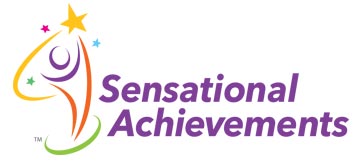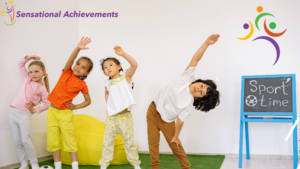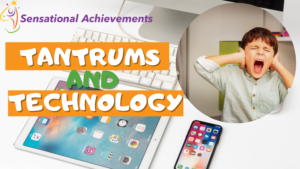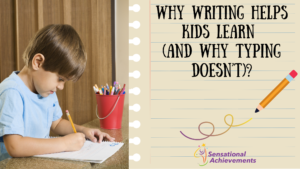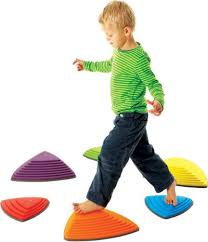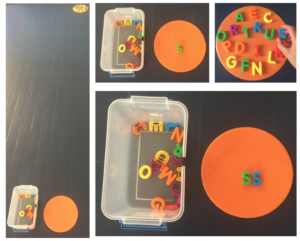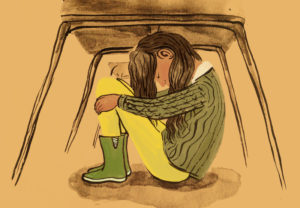As a parent, do you ever feel like the Starbucks barista who is trying to take orders in the store, make the drinks because they are short staffed, run the drive-through and fill the online order in the cue all at once? It’s unreasonable to think that anyone can do this. But did you ever…
Why Brain Breaks and Wiggle Breaks Should Not be Led by a Video
Naperville, IL became famous for a fitness program implemented by the school district physical education teacher starting in 1990 that improved students’ academic performance and learning, not just their health. This famous case study found in the book SPARK, helped the idea that kids need to move to learn grab hold. The book, written by…
Tantrums and Technology: How to start meeting the emotional needs of children in a digital world
It’s happening again. Time to leave the house to go to school and the screamin erupts as you tell your children it’s time to hand over their tablets. The morning usually goes peacefully as long as the tablets are nearby but the day can go downhill fast if you have to take the tablet abruptly…
Why writing helps kids learn (And why typing doesn’t)
Handwriting has been a long-debated subject, especially with the push to go paperless in school and use more online learning platforms like Google Classroom. Schools are always saying that they are looking for research-based interventions before implementing programs into the school curriculum. Yet, research shows without a doubt that handwriting is not just a skill…
7 Classroom Ideas for Sensational Teachers
by Aubrey Schmalle OTR/L How important is it that my classroom is “sensory friendly” and digitally aware? Every year, there are many blog posts encouraging you to set-up a sensory friendly classroom. And some of you may be asking, why focus on this when the children in my classroom have so many different learning needs? …
Rethinking Sensory Diets for Teens
Sensory Diets are often recommended to help students maintain optimal regulation and attention in the school setting when children are in preschool and elementary school. As children age, their interests and social awareness evolve. This also means that sometimes, what started out as a solid and supportive plan initiated at a child’s PPT meeting becomes…
The Case for Gross Motor Centers for Preschool Classrooms
By Rachel Butler, COTA/L More and more research is being published that shows the benefits of movement for learning. As a result, elementary school teachers are incorporating movement breaks into their schedules and some middle schools are bringing back recess. Preschool children seem to be constantly moving, so why incorporate more movement into their classrooms? …
Letter Visualization Activity
Supplies Container with magnet/cut out letters (uppercase or lowercase) Two floor dots/ small mats/ trays/ paper plates Set up Set up two floor spots in classroom/ home at an appropriate space apart so that child can not see the letters on the second spot when standing at the fist spot Spread letters (more or less…
Letter Bead Sight Words
Supplies Letter bead (Beads in shape of letters, NOT painted or printed on bead) Yarn to thread beads onto Towel or scarf to cover lenght of yarn White board, black board, or paper Dryer erase marker, or appropriate writing implement Procedure 1. Adult sets up sight words on yarn, tying knots appropriatly to prevent movement…
Teaching that one child that keeps you up at night through movement
Photo: LA Johnson/NPR Everyone has that one child….. I recently spoke at a preschool teacher’s conference. I was excited to hear their questions about how to support children with sensory differences in the classroom. As I was listening to their questions and stories, I started seeing a pattern. Everyone has that ONE child that stands out…





